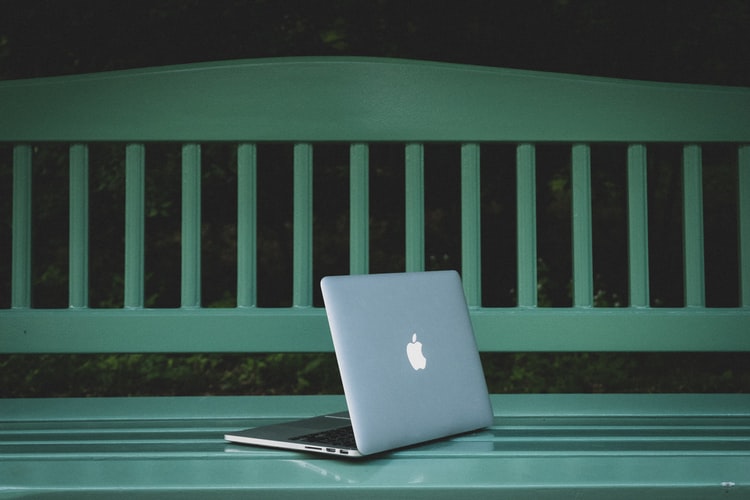
Over the past few years, the trend of mixing business and personal travel has been gaining momentum in the travel industry. It was called Bleisure (from the English business and leisure). Today we will talk about what such trips look like in real life, and why companies and their employees need them.
How the Bleisure trend emerged
It is believed that the Bleisure phenomenon began to gain momentum at the same time as millennials, that is, people born in the late 80s and 90s, began to play an increasingly important role in the global economy.
It is representatives of this category that are now the largest group in the overall distribution of labor in the world. Millennials took a leading role in the mid-2010s, and the Bleisure trend was born at that time.
This happened because millennials are people who grew up in the digital age. They are accustomed to actively using the Internet, solving problems using convenient online tools, and monitoring the quality of the services they receive. In addition, millennials travel more actively and many of them want the opportunity not only to work in a new city, but to actually explore it.
Therefore, with the advent of new online tools for organizing business trips, like OneTwoTrip Business, representatives of this user group have become more active in influencing travel arrangements.
What Bleisure trips look like now
A typical Bleisure trip means that the employee is given the opportunity to combine a business trip with travel as part of a mini-vacation. In practice, this may look like permission to stay in a new city for the weekend, take your children or spouse with you during the trip.
According to statistics, up to 75% of all seconded employees go on trips of this type. One of the main characteristics of such trips is the extension of hotel or apartment bookings to include weekends – that is, the period when work activities are minimal.
According to various studies, the bleisure direction is growing at a rapid pace – 20% per year. In more than half of the cases, employees take family members on such trips, sometimes the number of accompanying people is several people.
According to OneTwoTrip for Business, Russian business travelers are actively involved in the bleisure trend. At the same time, seasonality has a clear influence on how and where people go on such trips. So in winter, January became the most active month in this regard – 93% of all foreign business trips took place on weekends. Interestingly, bleisure trips are also made throughout Russia – for example, in the summer the number of business trips involving weekends reached 82%.
It’s clear why bleisure trips are good for employees – they get the opportunity to spend a mini-vacation, see new cities and countries. But why does business need this?
There are a number of reasons here. Firstly, bleisure is an excellent employee motivation tool. Those who love to travel—and there are many millennials—will appreciate this opportunity. According to statistics, up to 64% of employees say that after even a short vacation they feel better and want to return to work. A UK study found that 61% of workers who combined business and personal travel experienced increased productivity upon returning to the office.
Bleisure can also be one of the tools in the fight to attract strong employees. According to statistics, up to 30% of employees say they would accept a lower salary if they were given the opportunity to travel for work. A total of 39% of Millennials and Gen Zers behind them say having travel options in general is critical when considering job openings.
All this suggests that companies will simply be forced to more actively implement bleisure trips, and the number of such trips will constantly grow in the coming years.

